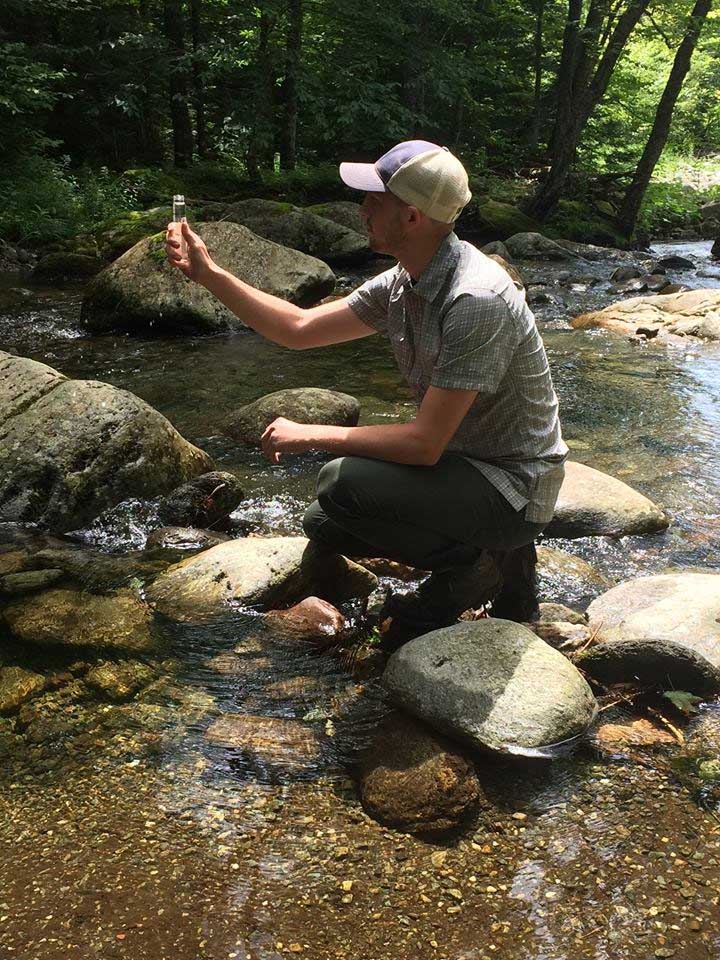
Empowering Community Science for Water Quality Monitoring
March 30, 2025
The LaRosa Partnership Program (LPP) is dedicated to providing valuable water quality data to the Vermont Department of Environmental Conservation (VT DEC) and LPP partner organizations through community science efforts. Since 2003, the program has supported water monitoring groups across Vermont, enabling volunteers to collect and analyze water samples for total phosphorus, total nitrogen, and chloride during the spring and summer months.
Gearing Up for LaRosa Partnership Program (LPP)
LPP focuses on tracking key water quality indicators such as total phosphorus, total nitrogen, chloride, and flow level/type. These parameters help identify pollutants from various sources, including stormwater runoff, eroding banks, agricultural fertilizers, manure, and road salt. The Rethink Runoff Stream Team, a dedicated group within the program, actively monitors an average of 12 high-priority sites each field season.
Through LPP, volunteers gain insight into how pollutants can harm our waterways—streams, rivers, lakes, and ponds—while actively participating in the solution by sampling eight times throughout the summer. This hands-on involvement allows individuals to learn and take action in reducing harmful nutrient loads. Larry, one of our longest-serving volunteer samplers, shared, “I have been wading and sampling in Englesby Brook at Pine Street for the past few years and enjoy witnessing the waters flow into Lake Champlain. It’s rewarding to know that the data we collect is important for understanding and potentially addressing issues in the future.”
In 2007, the Agency of Natural Resources released a Total Maximum Daily Load (TMDL) plan for the Englesby Brook watershed, which was subsequently approved by the U.S. Environmental Protection Agency.
While most monitoring sites are nominated by the VT DEC, some are proposed by local municipalities. For example, Burlington has recently nominated a site near Blanchard Beach on Flynn Ave, where nutrient loading concerns are high due to its proximity to Lake Champlain. The data gathered from such sites will contribute to the development of Total Maximum Daily Load (TMDL) plans by the state, offering long-term solutions for water quality management.
The LaRosa Partnership Program not only provides meaningful data to the state but also engages the community in preserving Vermont’s precious water resources.



